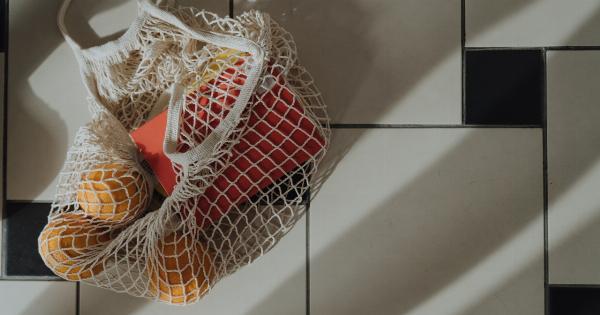Peyronie’s disease is a condition where one’s penis is bent or curved, often making it difficult or painful to have sex. The exact cause is still not clear, but it is believed to be related to scar tissue buildup in the penis.
Unfortunately, there is no known cure for Peyronie’s disease, and most treatments are invasive and come with risks. However, researchers are studying and developing non-invasive treatments that may help alleviate symptoms.
What is Peyronie’s Disease?
Peyronie’s disease is a condition where the penis becomes bent or curved when it is erect. The bend or curve typically happens gradually and is caused by scar tissue that builds up on the inside of the penis.
This scar tissue can form hard, lumpy plaques that can make the penis painful and/or difficult to bend. In some cases, men may experience a decrease in penis length or girth due to the disorder.
It is important to note that not all curvature of the penis is caused by Peyronie’s disease. Men may have a congenital curvature of the penis that is not related to any disorder, and this curvature will not cause pain or other issues.
If you are experiencing pain, discomfort, or difficulty bending your penis, you should see a healthcare professional to determine the cause and find an appropriate treatment.
Current Treatments Available for Peyronie’s Disease
Currently, there is no known cure for Peyronie’s disease. However, there are several treatments available that can help alleviate the symptoms of the condition.
Most of these treatments are invasive and can come with risks, so it is important to discuss them with your healthcare provider before making a decision. Here are some of the treatment options:.
Collagenase Injection
Collagenase is a type of enzyme that can break down the scar tissue that has built up in the penis, allowing it to become more pliable and flexible.
The injection is given directly into the scar tissue, and the area is then massaged to help distribute the enzyme. This treatment can be effective, but it also comes with risks, including an increased risk of ‘popping’ or breaking the penis.
Penile Traction Therapy
Penile traction therapy involves the use of a device that gently stretches the penis over time. The goal of this therapy is to straighten the penis and help stretch the scar tissue.
It is often used in combination with other treatments, such as injections or surgery. Penile traction therapy can be effective, but it typically requires prolonged use, and the results may not be permanent.
Surgery
In severe cases, surgery may be necessary to correct the curvature of the penis. There are many different surgical techniques that can be used, including grafting tissue, removing scar tissue, or even implanting a prosthesis.
Surgery can be effective, but it also comes with risks, including infection, bleeding, and complications related to anesthesia.
Non-Invasive Treatments for Peyronie’s Disease
While current treatments for Peyronie’s disease are effective, they are also invasive and can come with risks. Researchers are studying a number of non-invasive treatments that may help alleviate the symptoms of Peyronie’s disease.
Here are some of the treatments being studied:.
Shockwave Therapy
Shockwave therapy involves the use of low-intensity sound waves to break up scar tissue.
This type of therapy has been used effectively to treat other types of tissue damage, such as calcification in the shoulder or knee, and researchers believe it may be effective in treating Peyronie’s disease.
Verapamil Injection
Verapamil is a type of medication that is often used to treat high blood pressure, but it may also be effective in treating Peyronie’s disease.
The medication is injected directly into the scar tissue, where it can help reduce inflammation and break down the scar tissue.
Vitamin E
Some studies have suggested that vitamin E may be effective in reducing the symptoms of Peyronie’s disease. Vitamin E is a powerful antioxidant that can help reduce inflammation and break down scar tissue.
However, more research is needed to determine whether this treatment is effective.
Acoustic Energy Device
An acoustic energy device is a type of non-invasive therapy that uses acoustic waves to break down the scar tissue in the penis.
The device is placed on the skin and sends high-frequency sound waves through the tissue, which can help reduce inflammation and promote healing.
Conclusion
Peyronie’s disease can be a difficult and painful condition to live with, but there are several treatment options available. While many of these treatments are effective, they also come with risks and can be invasive.
However, researchers are studying a number of non-invasive treatments that may help alleviate the symptoms of Peyronie’s disease. If you are experiencing pain or difficulty bending your penis, it is important to speak with a healthcare provider to determine the cause and find an appropriate treatment.






























